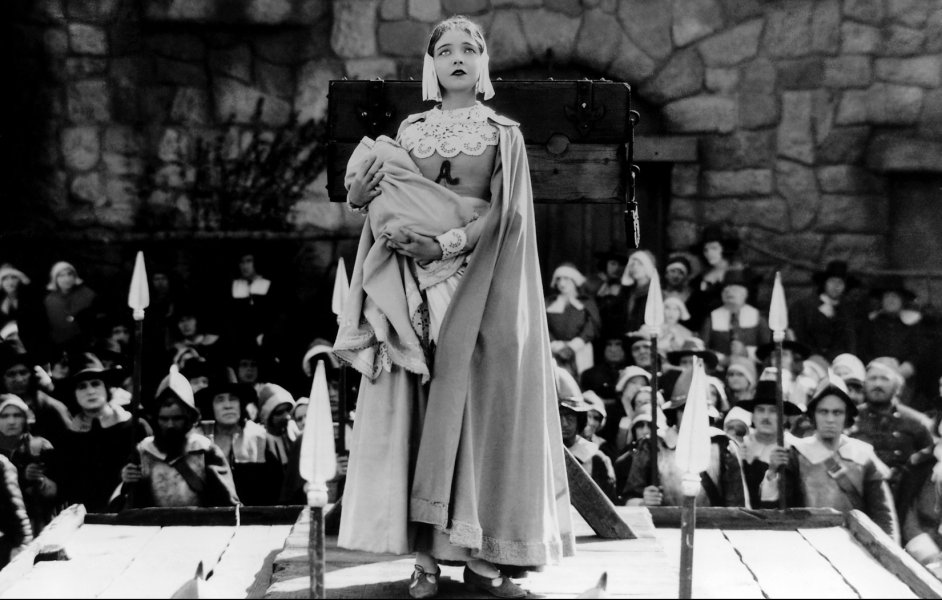FOXTROT LAMONT
One Too Many
- Messages
- 1,722
- Location
- St John's Wood, London UK
Liam had the brogue down patrick, methinks Cork. 'Tis heard in the Paras Aldershot way more than seldom seen too.Except for one thing--Neeson's Irish accent. It was as if he (Neeson) was trying to either minimize it, alter it to a more "American" accent, or eliminate it completely, and succeeded with none of those.



